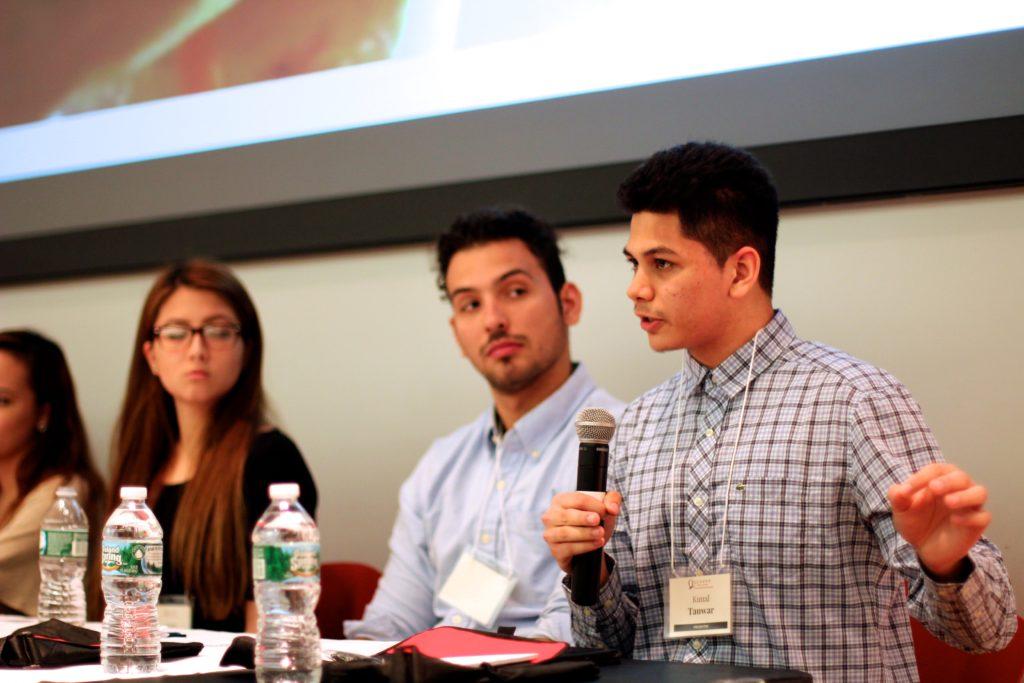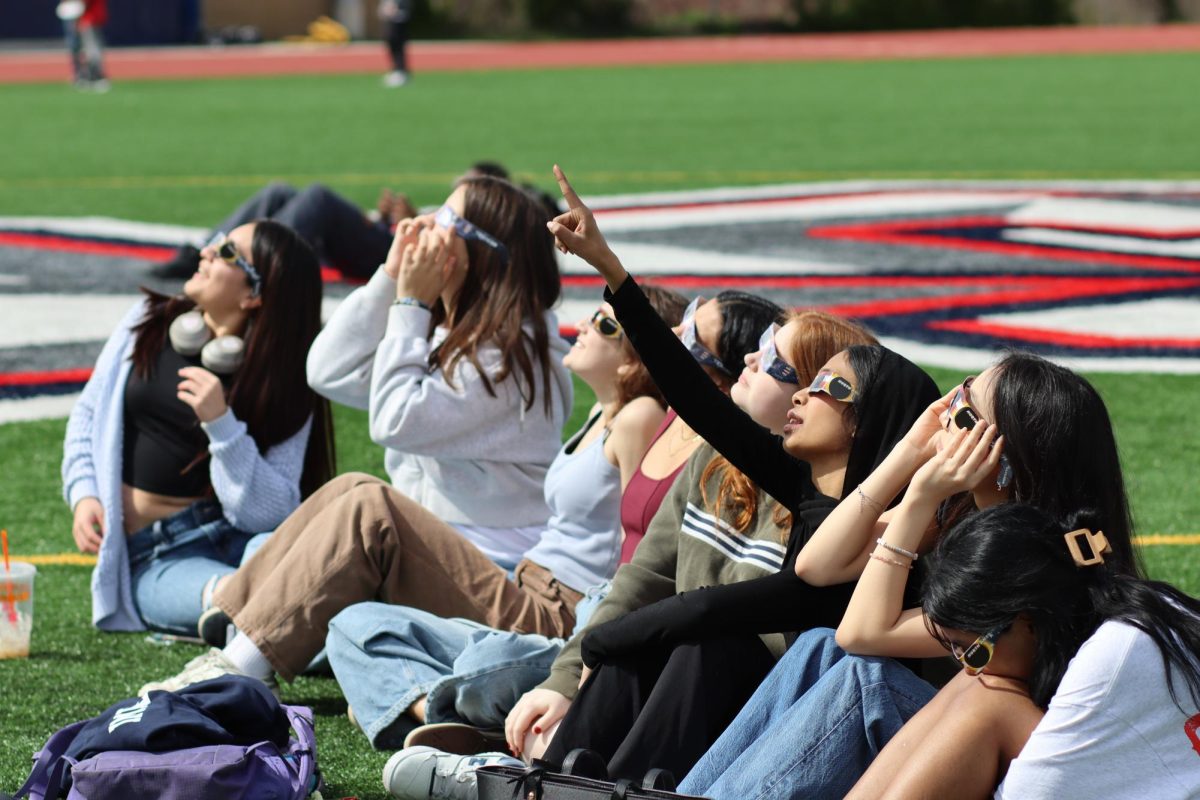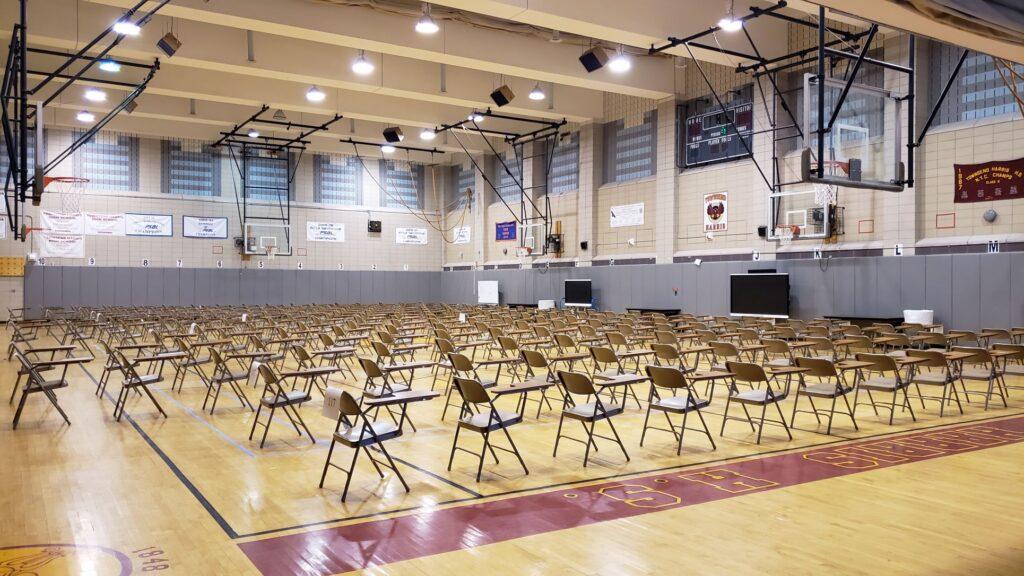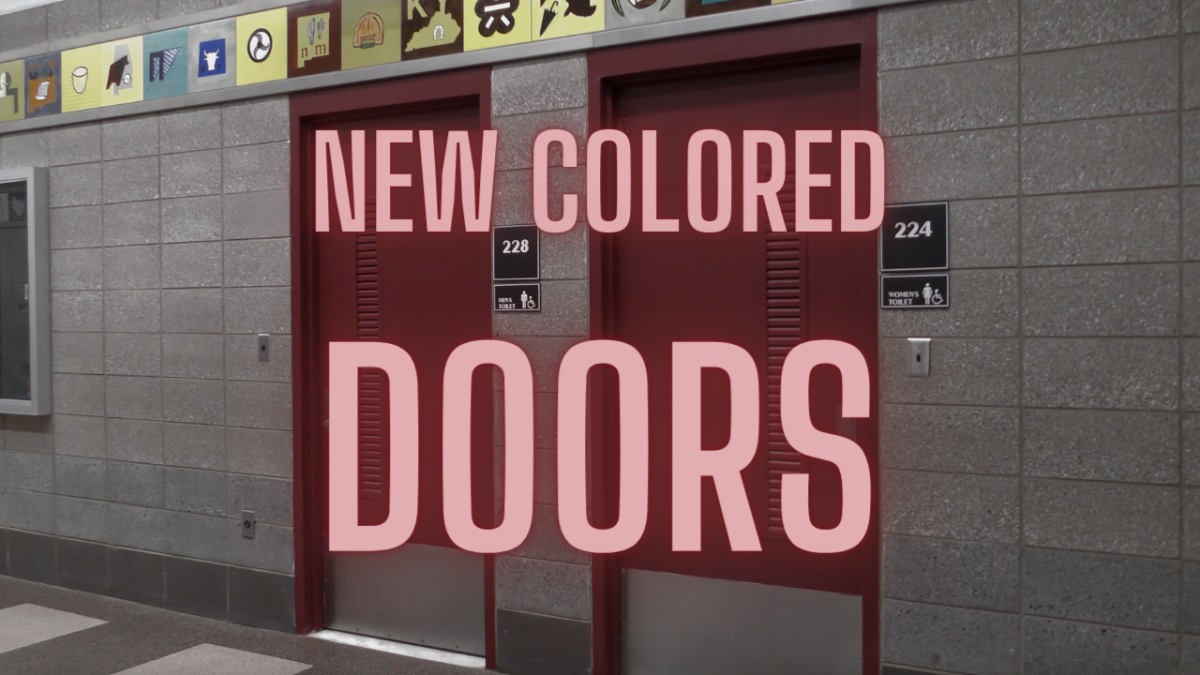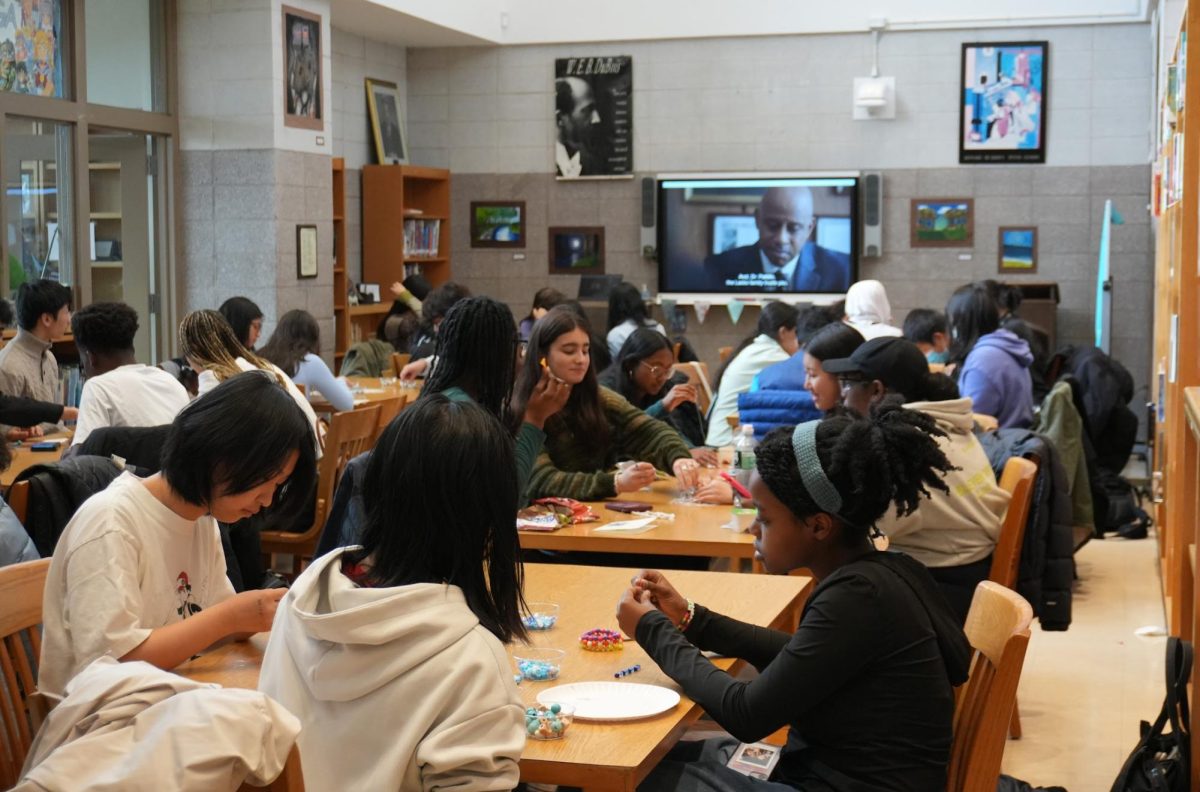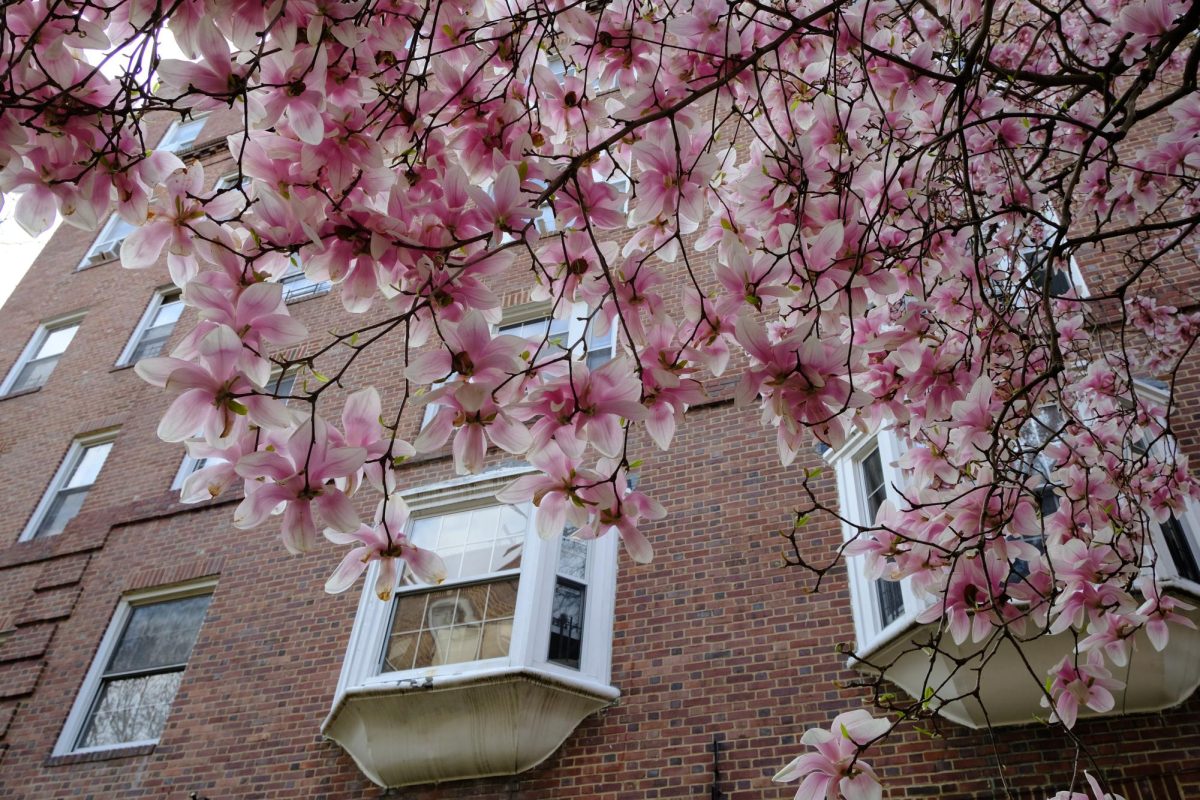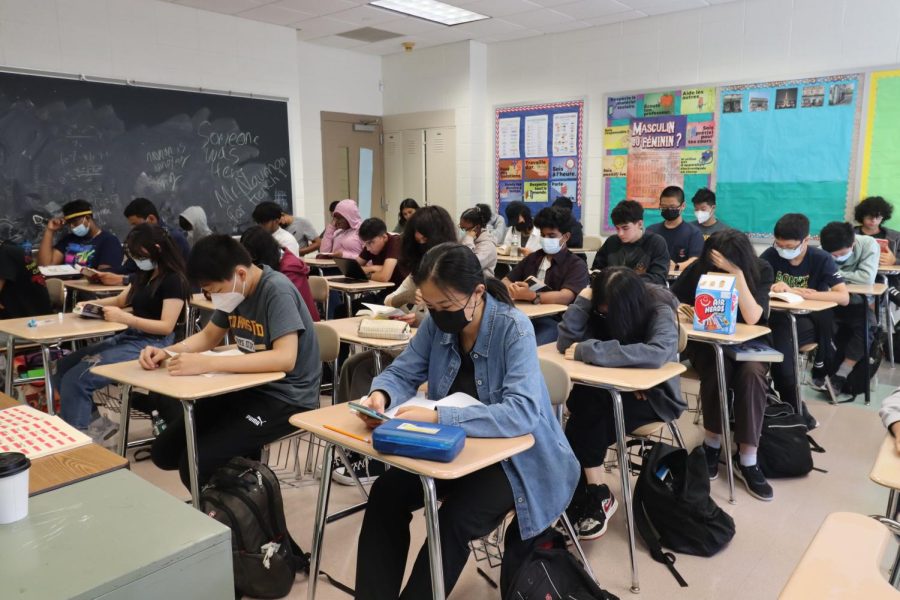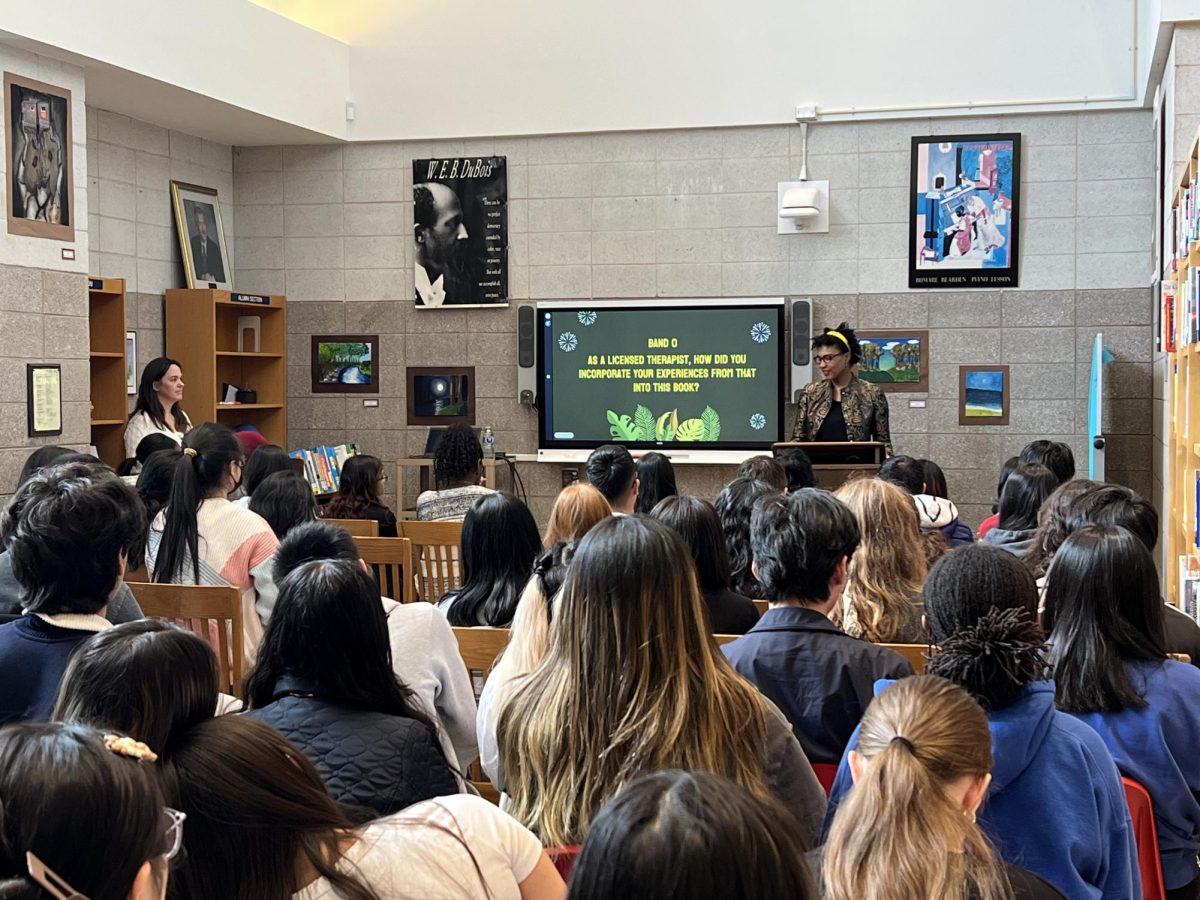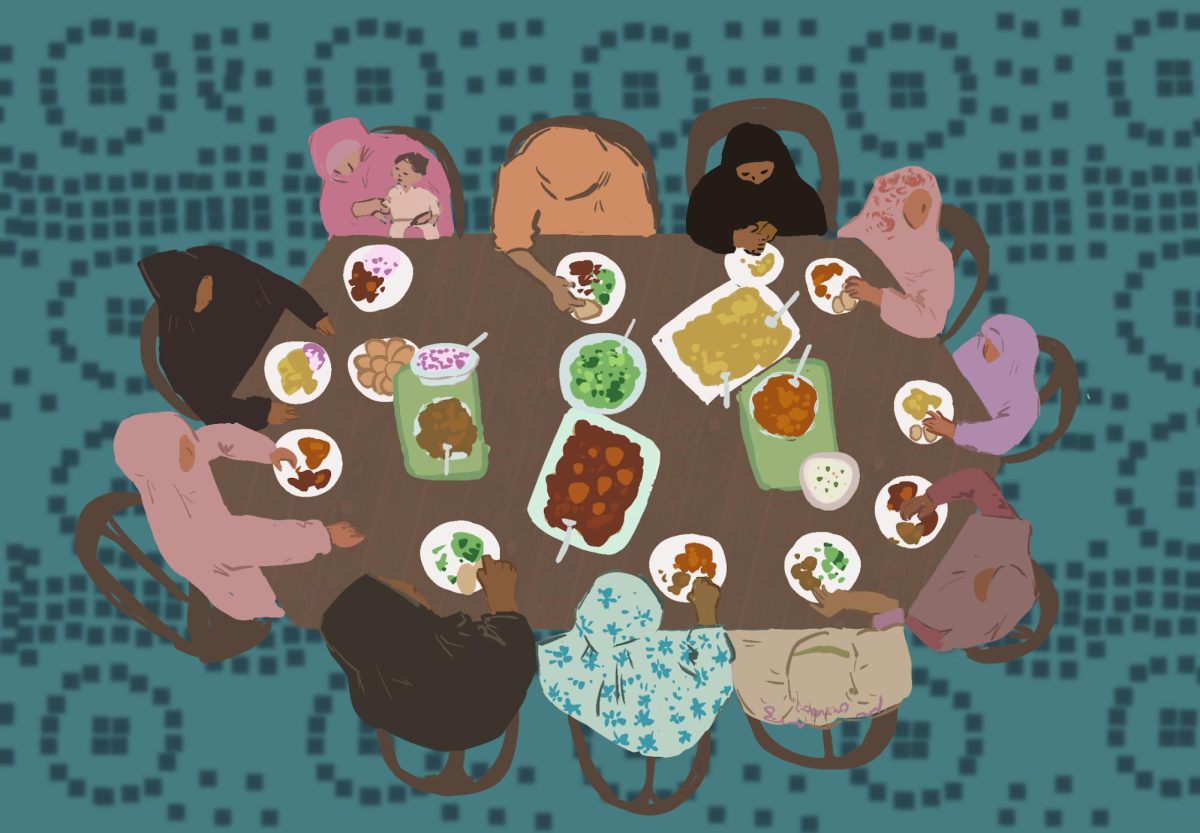
By Max Kurant, staff writer
A year having elapsed since Trump’s inauguration, “The Resistance” has staged countless protests, flooded social media with anti-Trump posts, and asked you to “help us fight back with a small donation of $10!”, yet we have seen executive orders issued ad nauseam, a conservative agenda furthered as if our supposedly balanced system was void of checks and balances, and no shortage of racism in our society. From one protest or social media post to another, we often fail to stop and ask ourselves if what we’re doing is actually effective. Though it may feel good to attend a rally here and there, share an Occupy Democrats post or two, and tweet the occasional “f*** trump,” are we acting in the most effective ways possible, or are we seeking a participation medal for our own piece of mind, not looking past our actions and at what we actually achieve? If we continue our current methods of protesting and other forms of so-called resistance, will we actually achieve anything in the era of Trump?
Time and time again, we have seen that marches and street protests do not yield considerable long-term results, yet they are the most common and publicized reaction to political outrage. The 1993 March on Washington for LGBT rights, the 1995 Million Man March to highlight African American struggles, and the pro-democracy and anti-economic-inequality 2011 Occupy Wall Street movement; what do all of these have in common? Tons of planning, funding… yet the absence of long-term, tangible impacts. Many are inclined to participate in these protests, as it is a “feel-good” and easy way to get involved. But sadly, politics is not a world where you can always just do what feels good or is easy.
The success of the Civil Rights movement serves as a great example. While we all remember the famed marches in the Civil Rights movement, claiming that they are what lead to its success is not only oversimplifying the struggles that went into the battle, but it is also insulting. Incredibly coordinated boycotts were planned and implemented by experienced organizers, with many going to jail or being violently beaten for open defiance of unjustified laws, and increasing voter turnout of African-American communities so their elected officials would have to represent their concerns was emphasized. This movement transformed our nation, and it was through blood, sweat, and tears, not just marching.
Though not the major player in their success, we also have to remember that the Civil Rights marches were drastically different than ours today. They took months to organize and had clear goals: they were coordinated to provoke a reaction from opponents of the movement, to show that in the face of violence, they remained peaceful. This succeeded at making the country sympathetic to their struggles and truly held purpose. This was a form of effective protesting: knowing exactly what you wanted to achieve from the protests, knowing you will get from point A from point B as a result of that protest. Now, we see thousands, even up to a million people at marches and rallies being organized weekly if not daily, and this number only increases as the Internet becomes a tool to gather people for a cause. But the results of our modern-day protests? Little-to-none.
We are left asking ourselves, “How can so many people accomplish so little?” Crowds are energized for a protest, but then that energy fades away until the next one. Nothing happens between these events to build any effective form of a movement. To make matters worse, often these events themselves fail to achieve a noteworthy reaction from the people whose actions matter: politicians. We protest, receive media attention, then follow it up with… nothing. This cycle is repeated, but the energy never actually goes beyond the protests. Now, these marches and rallies are not totally without use—they are effective at raising awareness of recent issues and energizing people around them, but they themselves cannot be effective if not followed up with action. We can march and rally all we want, but this leaves the same people in power and does not change the system we are protesting. We still have Republican lawmakers bound by wealthy donors and their paid lobbyists to represent the interests of the richest 1% of our country, giving middle and lower class people the backseat. Of course they don’t stand up for us, why would they? It would lose them money if they did. Though this all sounds heavily undemocratic, what’s even more undemocratic is that we make it no challenge for our representatives to choose their donors over us, as we give them almost no threat of losing their re-election, as Congress members have a 96% chance of winning re-elections, according to the Washington Post. Our Congress and president already have some of the worst approval ratings ever seen, but they aren’t going anywhere, and our modern forms of protests fail at making a dent.
If what we are doing now isn’t the way to go, then what do we do? Well, while street protests and marches can successfully make a point of people’s outrage and can cause immediate short-term action to be taken as a reaction to the protest, to truly achieve political change, we have to do what isn’t easy, but nonetheless is absolutely necessary: community organizing. We need people to go door to door, talk to others one-on-one, creating long-term connections. When we are well-organized and well-aware, our elected officials have no choice but to listen to us. If they don’t, we should be able to get together and vote them out of office and replace them with people who care and will represent us. Is that not how a democracy works? We need to create this system of accountability and real representation if we ever hope to resist Trump. Unless we do so, we have no real power to stop much of what he is doing. In this dangerous era, now more than ever is a time when we cannot afford to ineffectively resist. We have no choice but to cut ineffective forms of protest and move towards effective methods of organizing: marches and rallies just won’t do it. We have to change the system that has failed us time and time again if we want to effectively resist this era of Trump.

